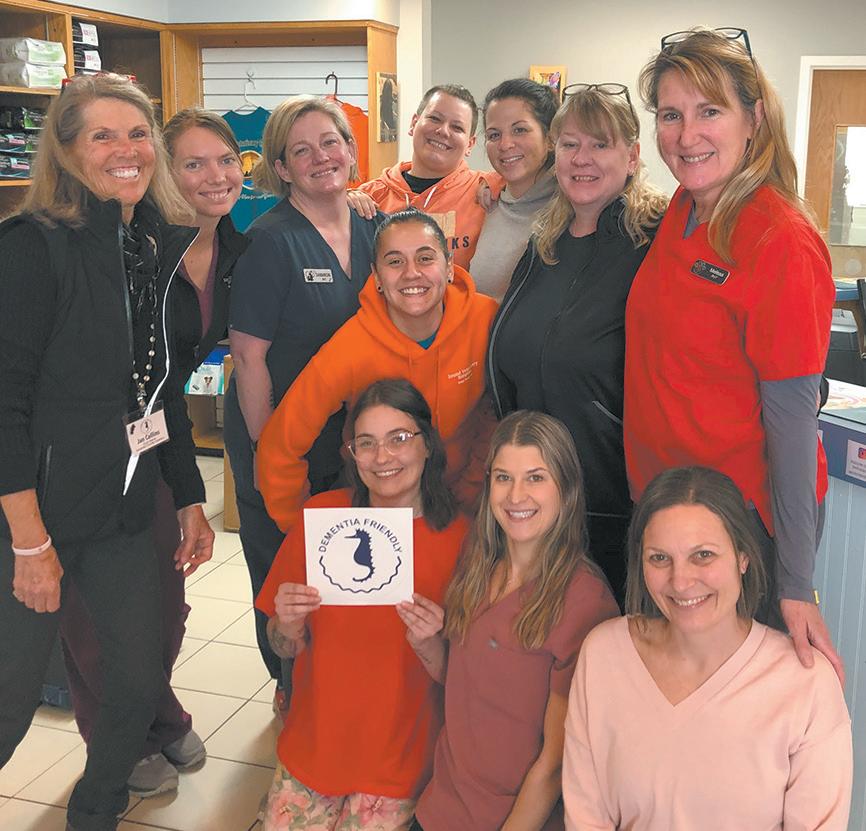
2 minute read
A decade of care and inclusion
The Outer Banks Dementia Friendly Coalition celebrates 10 years of service
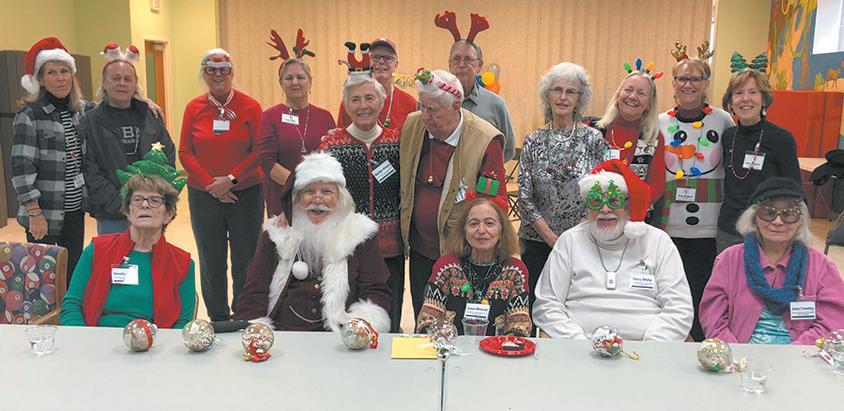
Advertisement
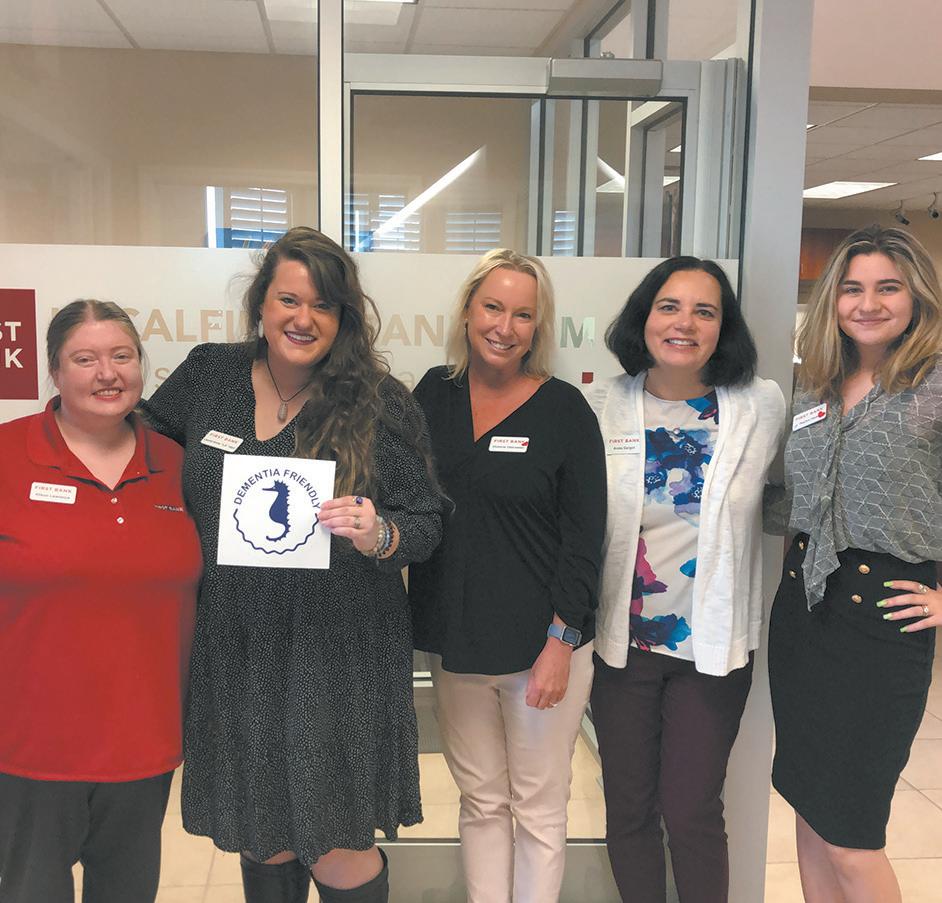
Any Monday, you can visit the Dare County Youth Center and follow the signs that read “Caregivers’ Day Out.” Walking down the hallway, you’ll hear laughter, talking and singing –all at the same time – coming from a welcoming room staffed with caring, gregarious volunteers who are interacting with participants who have dementia. It’s a joyous scene and immediately obvious to an onlooker that the participants as well as the volunteers are happy to be there.
“Look at him,” one woman says, indicating a man across the room who appears to be the center of attention. The woman is a caregiver who has just dropped off her husband so she can run errands.
She smiles and says, “He’s having so much fun that he’s forgotten I’m here, so I’m not even going to say goodbye!”
The Caregivers’ Day Out Program operates from 9:30 a.m. to 1 p.m. on Mondays at Family Recreation Park in Kill Devil Hills and on Thursdays at the Virginia S. Tillett Community Center in Manteo. While caregivers get a break, program participants have a chance to socialize, giving them a sense of purpose and fostering community inclusion.
This program is sponsored by The Outer Banks Dementia Friendly Coalition, which celebrates its tenth anniversary this year. Originally launched in 2013 as The Dementia Task Force, it became a 501(c)(3) in 2020, and concurrently changed the name. The coalition can be credited with helping the Outer Banks earn the distinction of being one of the first dementia-friendly communities in the state.
According to the Centers for Disease Control, about 10 million people in the US suffer from cognitive impairment, the most common of which (in those over 65) is Alzheimer’s disease. Social isolation often occurs for the caregiver as well as the person being cared for, and caregivers face challenges of needing emotional and financial support, caregiving assistance and the time necessary to recharge.
With caregivers in mind, The Outer Banks Dementia Friendly Coalition hosts a support group, “People Caring for People with Dementia,” that meets the second Wednesday of each month at the Baum Center in Kill Devil Hills from 2:30 p.m. to 4 p.m. Par ticipants can share their
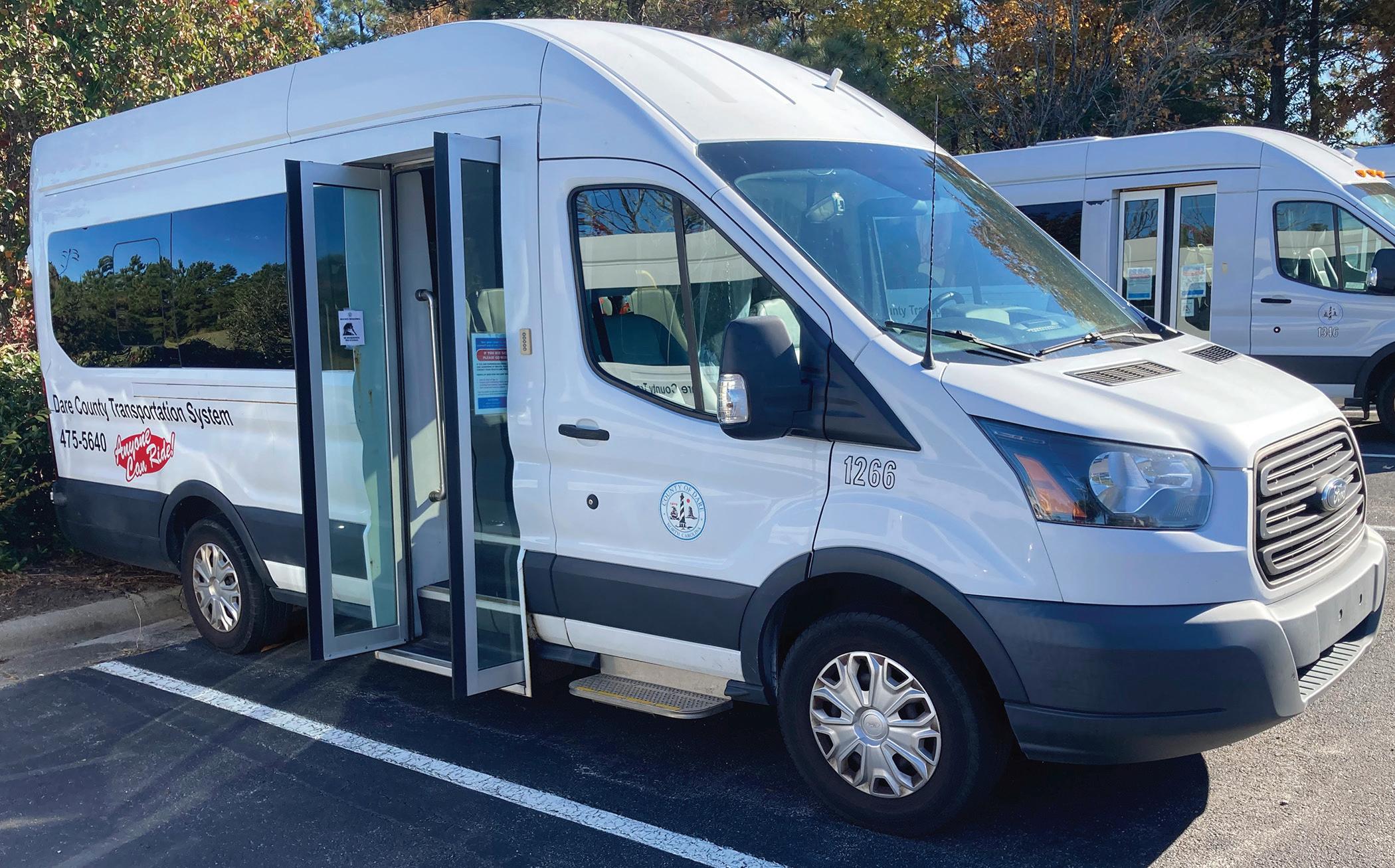
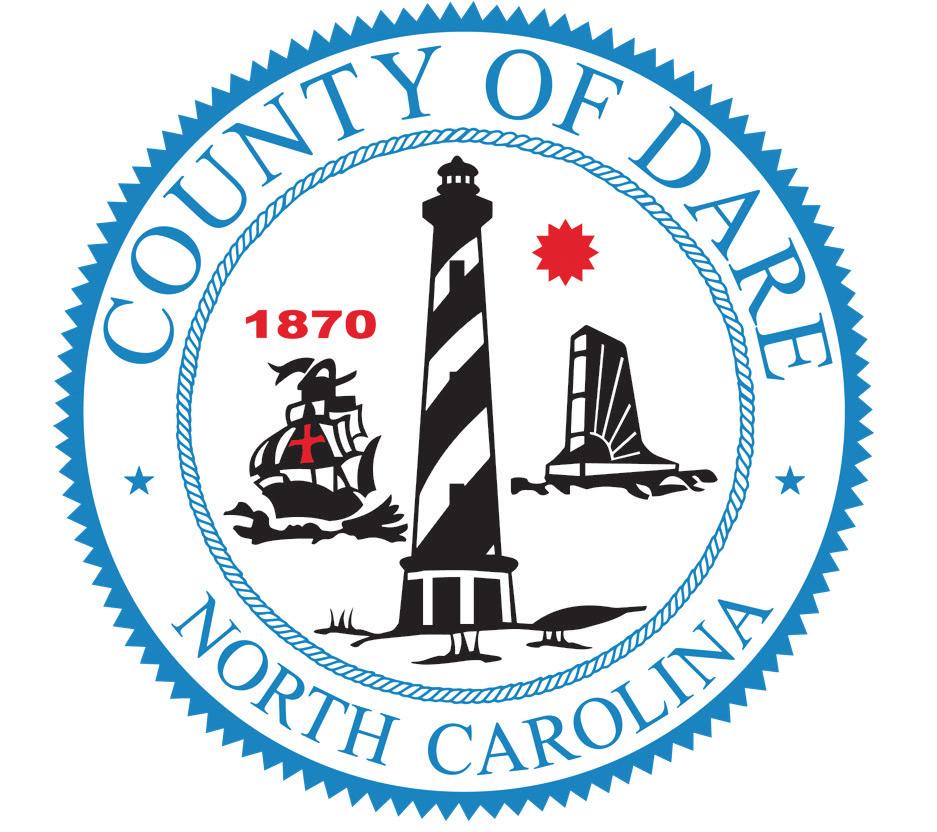
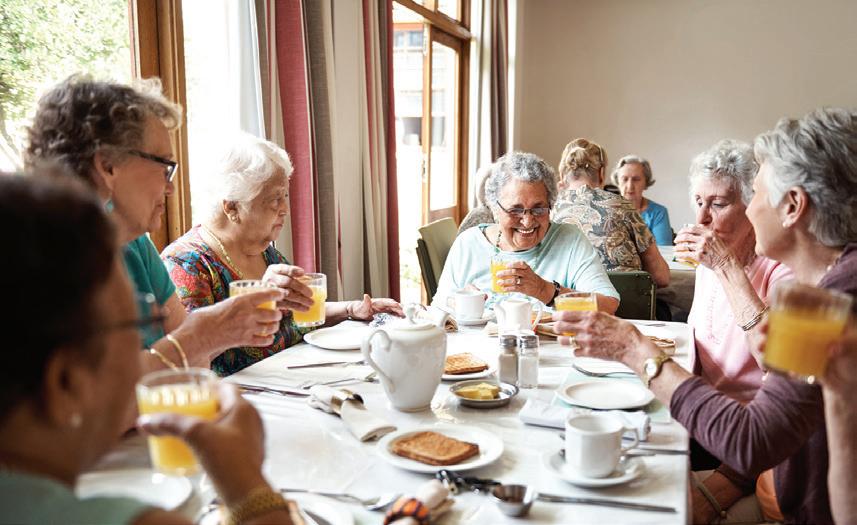
WHY A PURPLE SEAHORSE?
experiences and discuss the ever-changing trials of day-to-day care while forging productive relationships with others facing similar challenges.
The Dementia Friendly Coalition has been instrumental in its business community outreach as well. If you’ve noticed a purple seahorse decal at a restaurant’s entrance, that decal signifies that the staff members have been trained to interact with people who have dementia. To date, staff members of 20 local restaurants have been trained to help
See Decade, 3B
A marine animal would be a logical choice as a symbol for our coastal community, although the symbology is richer than strictly geography.
The hippocampus –the part of the brain whose main functions are learning and memory – is shaped like a seahorse. Conversely, “Hippocampus” is also the scientific name for a seahorse.
And why purple? The Alzheimer’s Association of America chose purple as their signature color “because it combines the calm stability of blue and the passionate energy of red.” The association asserts: “We are strong and unrelenting in the fight against Alzheimer’s disease.”

